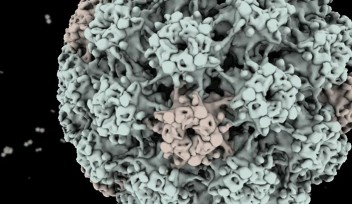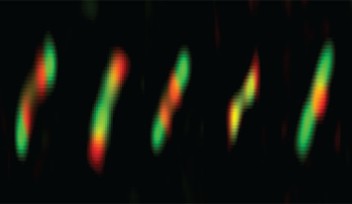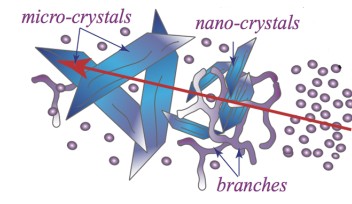Skin-Deep Secrets
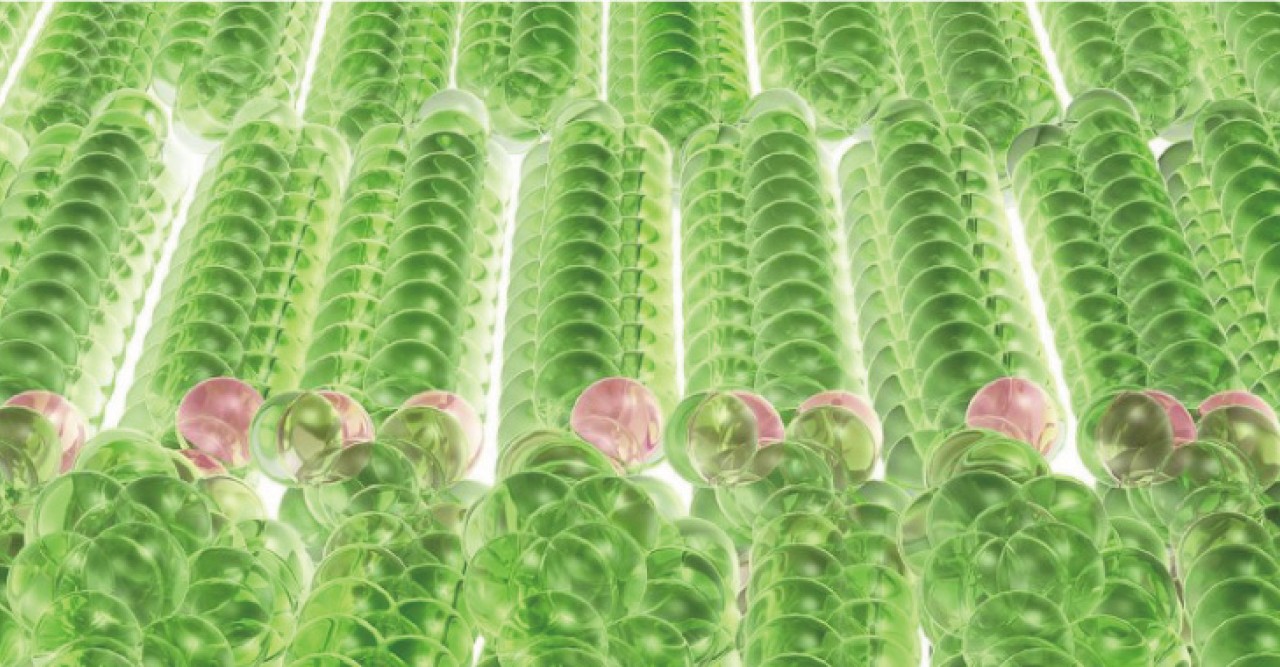

Ulf Skoglund (left) and Lars-Göran Öfverstedt
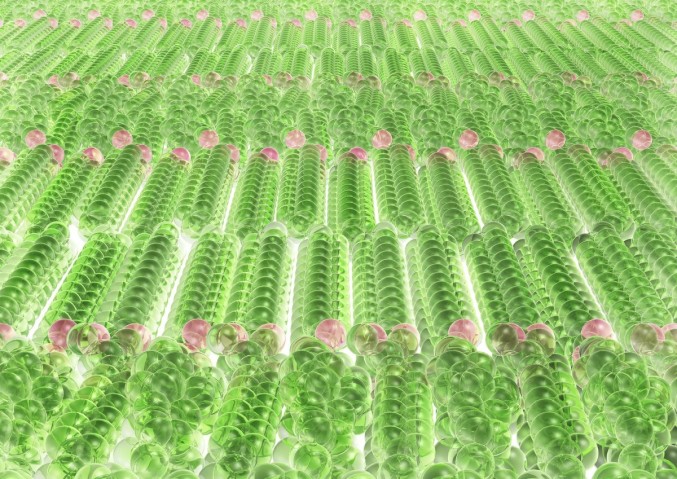
An illustration of the orientation of fat and cholesterol molecules in the horny layer of the skin
In order for our primordial ancestors to crawl out of the ocean and survive on land, they needed a crucial adaptation that would prevent their bodies from drying out in their new environment: waterproof skin. So important is this ability that the waterproof part of the skin, the 10-micron-thick horny layer, appears to be the same for all animals that live outside of water, says Structural Cellular Biology Unit Head Ulf Skoglund: “It doesn’t matter if you’re a human, a snake, a crocodile, or an elephant.” In a recent paper published in the Journal of Investigative Dermatology, Prof. Skoglund and his co-authors, led by Ichiro Iwai of the Karolinska Institutet in Sweden and the Shiseido Research Center in Japan and Lars Norlén of the Karolinska Institutet and Karolinska University Hospital, describe for the first time the structure of this vital layer.
“Skin is our largest organ, and the least known,” Prof. Skoglund says. His longtime collaborator, Prof. Norlén, homed in on the horny layer by flash-freezing extremely thin slices of the outer layers of human skin and examining them with an electron microscope. The role of Prof. Skoglund and Researcher Lars-Göran Öfverstedt, also of OIST, was to help analyze the resulting images, which required writing new software. The research team found that the horny layer is composed of fat molecules in a stacked arrangement that has never been seen before.
“This is an important first step in the investigation of the structure of skin in general,” Prof. Skoglund says. In addition to opening the door for studies of molecular evolution and the structure of other skin layers, the discovery has practical implications for drug delivery, he explains. That’s because knowing the structure should help researchers devise a way to get drugs through the horny layer, which would mean more drugs could be given in patch form, thus avoiding the downsides of pills and injections.
New Scientist: “Strange fat explains skin’s waterproof properties”
Specialties
For press enquiries:
Press Inquiry Form










